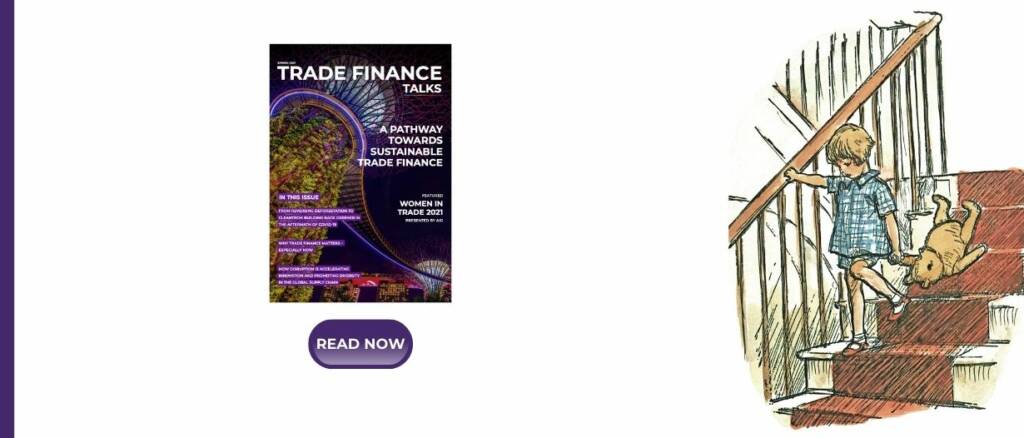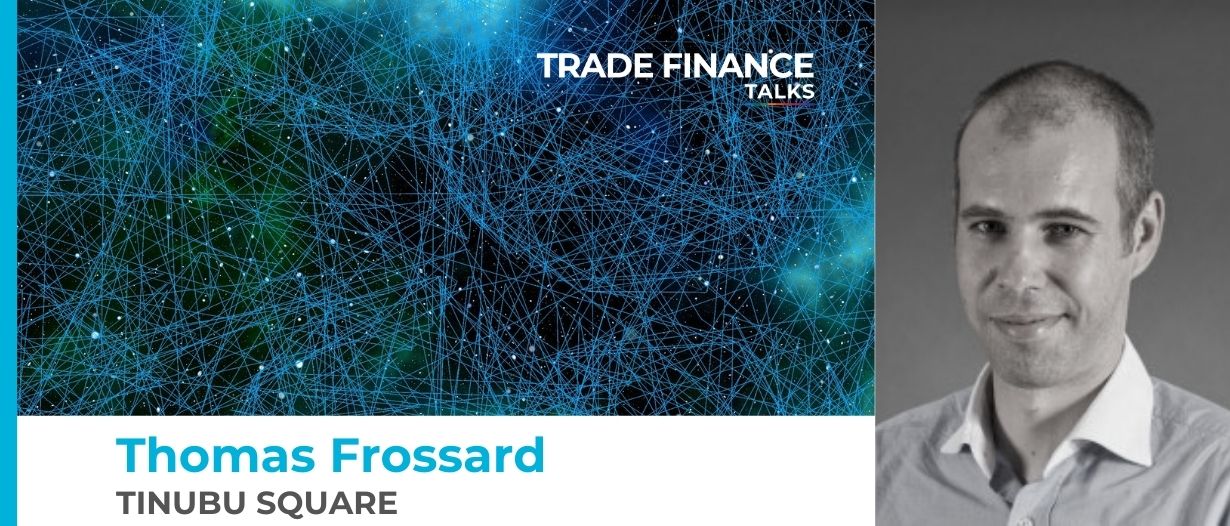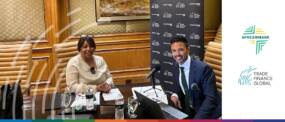The $1.5 trillion trade finance gap is a well-known figure, one which unfortunately seems to be growing. This is all the more problematic as it impacts mainly emerging markets and in particular SMEs. Over the years, financial institutions have developed a toolkit of solutions, including a growing range of tech-based tools.
Despite these efforts to plug the gap, little progress has been made over the years. To make matters worse, the World Economic Forum estimates the gap could widen to as much as $2.25 trillion by 2025. Contemplating this trend, we may ask ourselves if we have the means to reverse it in the future and if we are taking the right approach when it comes to finding solutions.
When I started my career in finance 20 years ago, I was told to only underwrite businesses established for at least three years and able to provide a minimum of two years of financial statements. Back then, automated decisions were based on a minimal set of features used to generate the Altman Z-score to assess credit risk.
Twenty years later, not much has changed. Despite all the information available today, financial institutions still make decisions based on expert judgment for too many applications, which are considered unsuitable for automated underwriting due to a lack of information.
“When I started my career in finance 20 years ago, I was told to only underwrite businesses established for at least three years and able to provide a minimum of two years of financial statements. Twenty years later, not much has changed.”
Professional brokers and carriers can potentially agree on solutions for every deal, but such sophistication comes at a high price that is often only affordable for large deals. New technologies are providing opportunities for advanced risk assessment techniques at a much more granular level and transaction-based underwriting for retail businesses. As a global industry, we can certainly do more to adapt our underwriting models to local environments, while also setting global standards for identity management and cross-industry reporting.
Technology can achieve a lot, but tackling the trade finance and infrastructure finance gaps will also require us to revisit risk assessment practices and underwriting policies. In the mid-nineteenth century, railroads posed a challenge that led to a giant leap in credit risk assessment and to the birth of credit rating agencies. The ESG challenge could lead to similar change, but only if the industry allows itself to think differently.

Bringing in the scientific community
In 2019, I had the chance to attend two blockchain conferences which outlined the value of engaging with the scientific community. Highly skilled engineers were tackling scaling and confidentiality issues using two competing approaches: permissioned and public blockchains. This strategy made it possible to overcome many of the problems stated. Both approaches managed to make huge steps forward and somehow converged to form hybrid blockchain architectures and confidential computing concepts. The contribution of the scientific community can be invaluable, but we need to bring our use cases to their attention.
When looking at the efforts to improve derivatives pricing with machine learning and quantum computing, it would be interesting to see the results of such an investment to revisit credit scoring for SMEs.
We talk a lot lately about “coopetition”, specific uncertainties and investment magnitude. Indeed, many innovations would require forming consortia or developing projects at an industry level. The reinsurance industry and the ECAs have both a long and successful experience of efficient coopetition on capacity sharing and collaboration on large deals. The same cannot be said for tech. Universities and researchers have been working on a coopetition model at a global level for decades. Our industry could benefit from this experience and leverage the established ecosystems to accelerate industry initiatives.

Let us do more KYC and KYS, but not for compliance reasons
KYC and KYS are often considered excessive compliance burdens that slow down business. Most would agree it is a pity the financial services industry has been unable to recognise a common set of data which would allow for standardised procedures and facilitate compliance; however, the very origin of these regulations should trigger many more questions. Regulations must be set in place so that financial institutions can get to truly know their customers.
There is no trade finance gap for large corporations whose credit worthiness is assessed through the analysis of audited and publicly disclosed financial statements. Bridging the gaps will require the development of new approaches to assess SME customers by establishing a far better understanding of their business models, their payment habits and their interactions with their customers and suppliers.
Technology offers us the opportunity to build models that better reflect real-world economy dynamics. Credit risk assessment predates the availability of financial statements and real estate assets as collaterals. Thus exploring alternative data to determine the PDs and other forms of collateral to minimise LGDs is by no means a radical idea.

The credit insurance and surety industry will be instrumental in bridging the trade finance and infrastructure gaps. However, on top of the challenge to reinvent its practices, the industry is confronted with a talent gap which must be filled to allow it to deliver its full value. We could potentially solve both problems in one fell swoop by bringing in new talent from our customers’ respective business sectors, as well as from the scientific community to create more diverse teams. Having worked outside the industry for the last 30 years, these recruits could help us think outside the box. We should recall that William Beaver, Edward Altman and Robert Merton were under 30 when they made critical breakthroughs in credit risk assessment between 1965 and 1975.
The pandemic has forced us to react quickly to changes in the trade environment, which occurred much faster during the one-year period for which financial statements are established. Investments have been made to provide short-term solutions, and most investment budgets established for 2021 focus on short-term improvements. Developing new models and keeping up with advanced technologies such as quantum computing require budgets for medium-term returns, and it is paramount that these budget lines remain. Over the next few years, they will probably be smaller than those prior to 2020. However, by collaborating more extensively with industry players and our customers, chances are that we can do more with less.
Read our latest issue of Trade Finance Talks, Spring 2021, here

 Australia
Australia Hong Kong
Hong Kong Japan
Japan Singapore
Singapore United Arab Emirates
United Arab Emirates United States
United States France
France Germany
Germany Ireland
Ireland Netherlands
Netherlands United Kingdom
United Kingdom













Comments are closed.